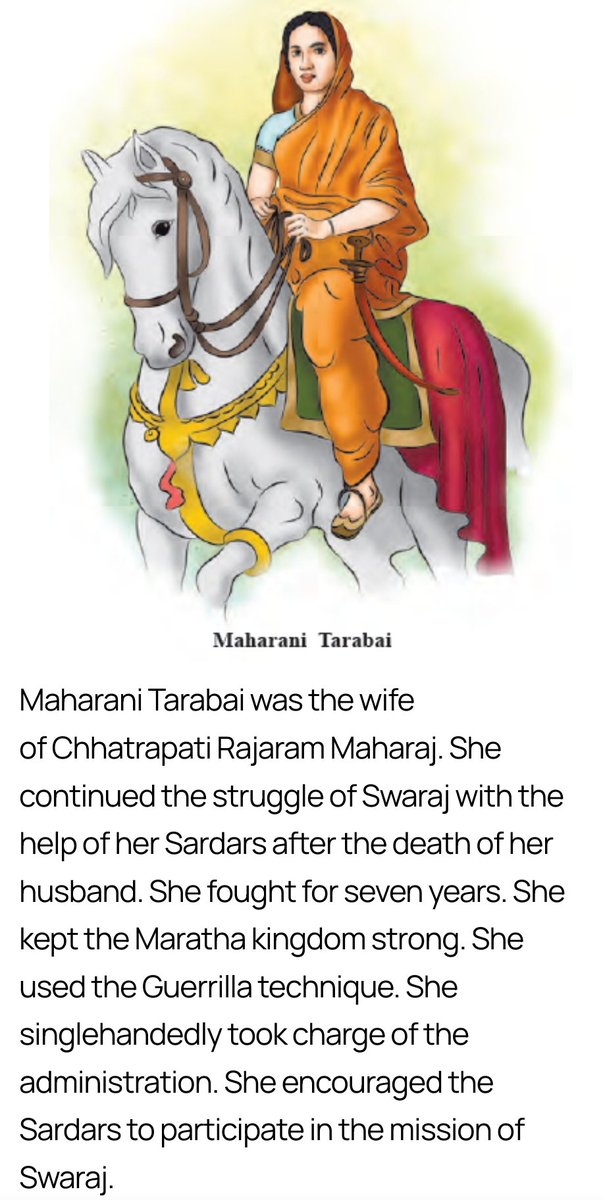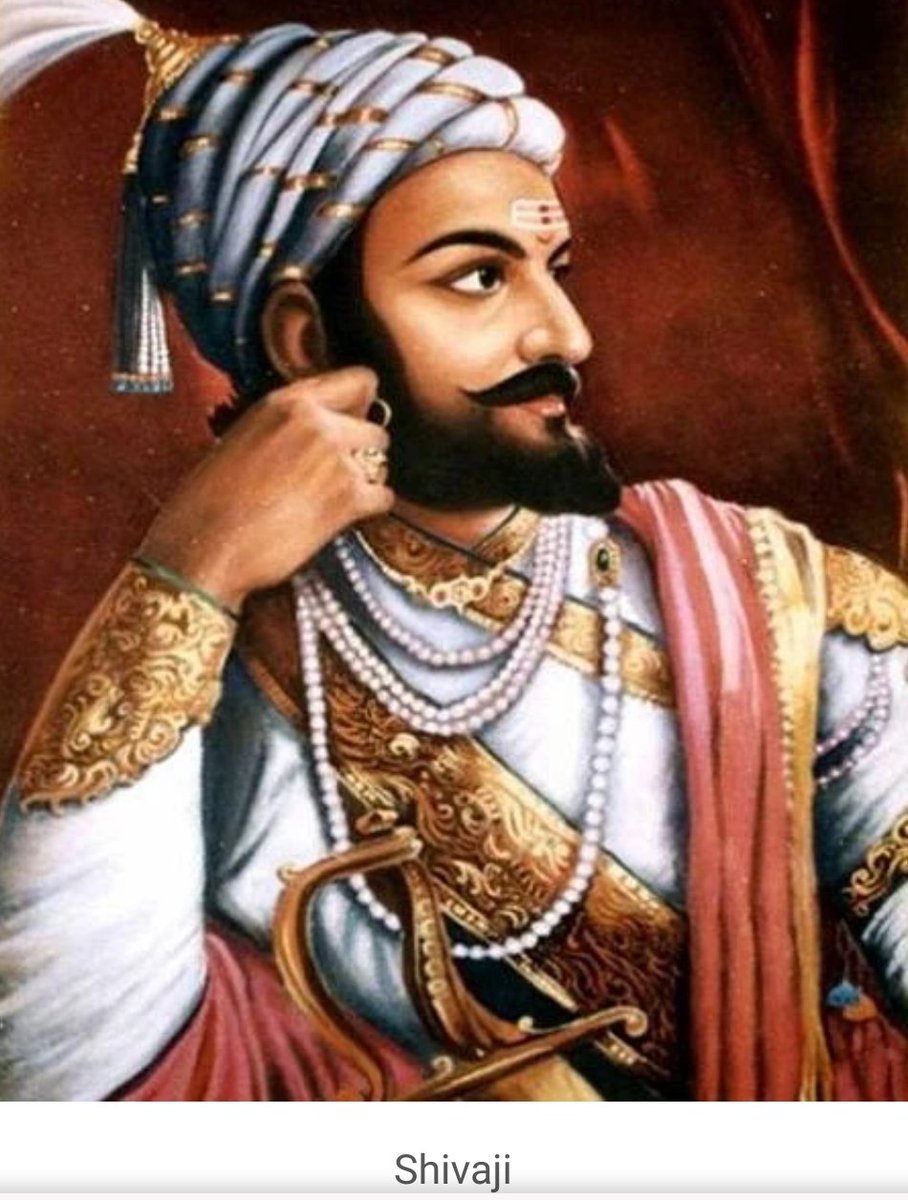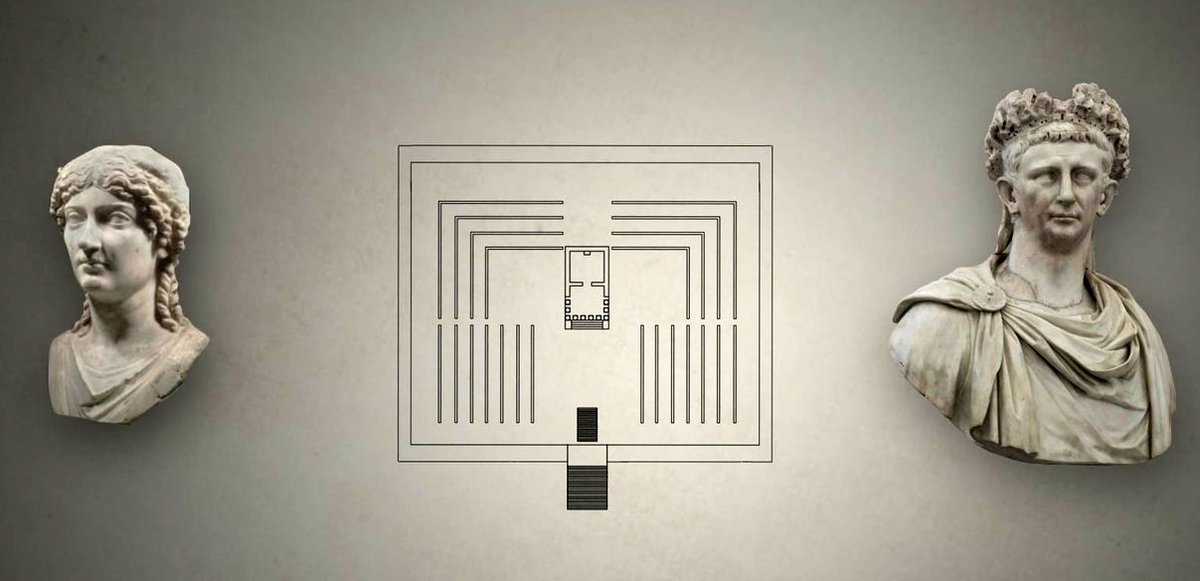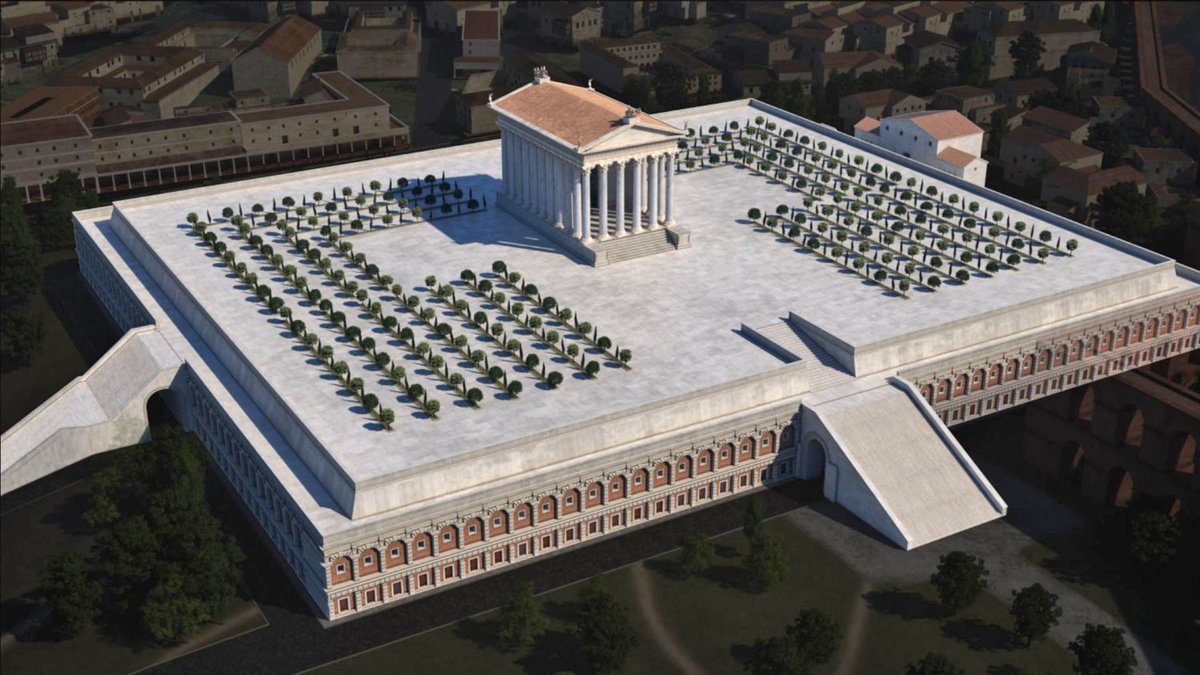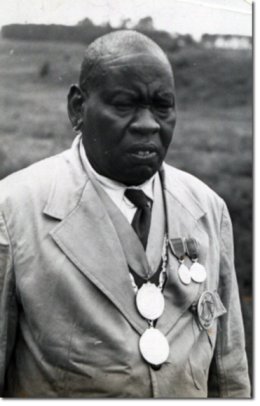The other party is your partner, not your opponent.
Prepare by knowing what you want, and what the other party is aiming for.
Be on the same side of the table, physically and metaphorically. Build trust & psychological safety before the content.
Communication is 7% words, 38% tonality & 55% body language. Stand tall, make eye contact, smile, and mimic positions.
The most dangerous negotiation is the one that has started without you knowing it.
Be firm & clear, but kind and authentic. Set the tone, respectfully.
Be soft on the person but hard on the problem. Build arguments with facts instead of your opinions.
Listen to understand, not to wait for your turn to talk.
Have time on your side: use it as leverage and never negotiate against the clock.
Always have an alternative. Those who are willing to walk away usually win.
Acknowledge and summarize the other party's fears & reservations. Make them feel understood.
Find out what success for the other party looks like, and share what matters for you.
If you know the ballpark, give the first offer and anchor the price.
Get the other party to say no fast and often. Ask if this sounds unreasonable, or if they are against XYZ.
Avoid the game of winning & losing. The goal is to find common ground, where everyone feels treated fair.
Honor the other party's feelings & motivations. People are willing to concede, but not lose.
People love to choose: always give the other party options.
Create empathy for your situation by asking how you can do X or if they can help you understand X.
Avoid saying no - explain how & why you can't make something work.
Find out what's behind an offer or question. Only answer what they are really after.
If you get challenged on price, add more value. Never lower your price.
Make your move, and shut up. Silence your most powerful tool.
Stop when you have what you want - don't get greedy.
People tend to remember the most recent things the best. Always end a conversation positively.
If you liked that, you'll love what's to come next.
• Follow
@polak_jasper & make execution your unfair advantage.
• Retweet this thread to help your audience win negotiations:
https://t.co/ZYoRf2Qnoj










